“Hi, mom, we’re in Gulmarg.”
“Gulmarg? But that’s in Kashmir! Weren’t you both going to Calcutta?” My mum’s puzzled voice came over the phone.
In 2011 it seemed like a good time to visit Kashmir. There was a lull in the militancy that had roiled these parts through the nineties. But we still didn’t want to take any chances. So, to the family, we were going to Calcutta.
“We’re in Kashmir, mom.” I looked across at my wife, waiting for the outburst at the other end. But there was none.
“Why, you rascals, no wonder I couldn’t reach you,” she said. “Have a lovely time.” And we did.
A Quiet Corner
Though we had driven straight from the airport in Srinagar to our first destination, Gulmarg, we would also visit Pahalgam and Sonmarg. But this article is more concerned with the time we spent on Mr Butt’s houseboats moored in a quiet corner of the Dal Lake in Srinagar.
Around the time of India’s independence, an Englishman from Clermont Hall, Norfolk, who had fallen in love with Kashmir, decided to sell the houseboats he had constructed for himself and return to England, that is if his close friend, Mr Haji Butt, didn’t want them. Mr Butt Senior momentously took them on, and in 1947 Butts Clermont Houseboats was born.
Ghulam Nabi Butt, who was probably in his eighties when we met him, had taken over the business from his father. In the decades following its inception, Butts Clermont Houseboats received notable guests such as Lord Mountbatten, Nelson Rockefeller, Adlai Stevenson, Joan Fontaine, Pandit Ravi Shankar, George Harrison, Michael Palin, James Natchtwey and others. Now we could add our names to the list of distinguished guests with just a slight difference — Michael Palin stayed in the houseboat with three bedrooms; ours had two.
Tough Times
At one time, the Dal Lake prided itself on hosting over three thousand houseboats. Today there are maybe fewer than a thousand. In an attempt to save the lake from the polluting nature of houseboats that pump sewage directly into the water, the government first put a ban on new houseboat construction.
Next on its heels came a ban on repairs to existing houseboats. In the beginning, Mr Butt had eight houseboats. Over the decades, four met the same watery grave as did hundreds of others on the lake in need of urgent repair and maintenance that was not forthcoming. Houseboat owners have since witnessed their livelihoods sink before their eyes. Despite all this, Mr Butt was a cheerful and gracious host.
I remember him in his light grey safari suit, sitting in one of the armchairs in the drawing room of our (two-room) houseboat, the light and the chirrups of birds on the lake coming in through the open window behind him, recounting a story of a time in the eighties when militancy was at its peak in the Valley. Tourists were few and far between, but those who ventured to come were mainly journalists covering the violence. They would clamber up, notebooks in hand, and lie flat on the roof of the houseboats listening to the crack of gunfire across the lake.
Stranger in Paradise
Over the course of the few days we spent with Mr Butt on his houseboat, we got to know the staff well — Ramzan, Sultan, Shafi — and grew very fond of them. By all accounts, they had worked and grown up under Mr Butt’s tutelage.
Then one day, we were introduced to Lassa as the boatman of the in-house shikara, Stranger in Paradise, a traditional wooden flat-bottomed boat. He must have been in his late sixties or early seventies, his fair complexion tanned from long hours in the sun. He, too, had been with Mr Butt for the better part of his life. We also learned that, though unschooled, he spoke with a proper British accent and in impeccable English, a by-product of the years of escorting foreign guests around the sights and sounds of the lake in his shikara.
An Early Morning Appointment
We were ready and waiting at 4 am. Lassa and his son helped us climb into the waiting shikara, minding our heads as we ducked under the low canopy. Then, to the sound of gently lapping oars, we slipped out into the still dark water for the floating market on the lake.
We glide past the lit dome and minaret of Hazratbal mosque. Softly we pass between two other boats. Then under a wooden bridge. As dawn breaks, we breakfast on kahwah and Kashmiri bread. We bump into Mr Marvellous, who, after hitching his boat to ours, convinces us that the saffron he sells is 100% genuine.
We float past marshes, where the vegetables and flowers grow. Past the floating houses where farmers live with their families and tend to their crops. Finally, we come upon the mass of bobbing shikaras laden with produce. Father and son navigate their way through the tangle of boats.
Another gentleman hitches himself to our boat and, opening his tin boxes, proceeds to convince us that the saffron he sells is 100% genuine. It is 6 am, and we watch as the farmers go about conducting their business. They come here every morning, in good times and bad, to sell at wholesale prices or to barter with other producers. In half an hour, the crowd had thinned. Shikaras with unsold produce head towards canals that would take them to waiting neighbourhoods along the banks.
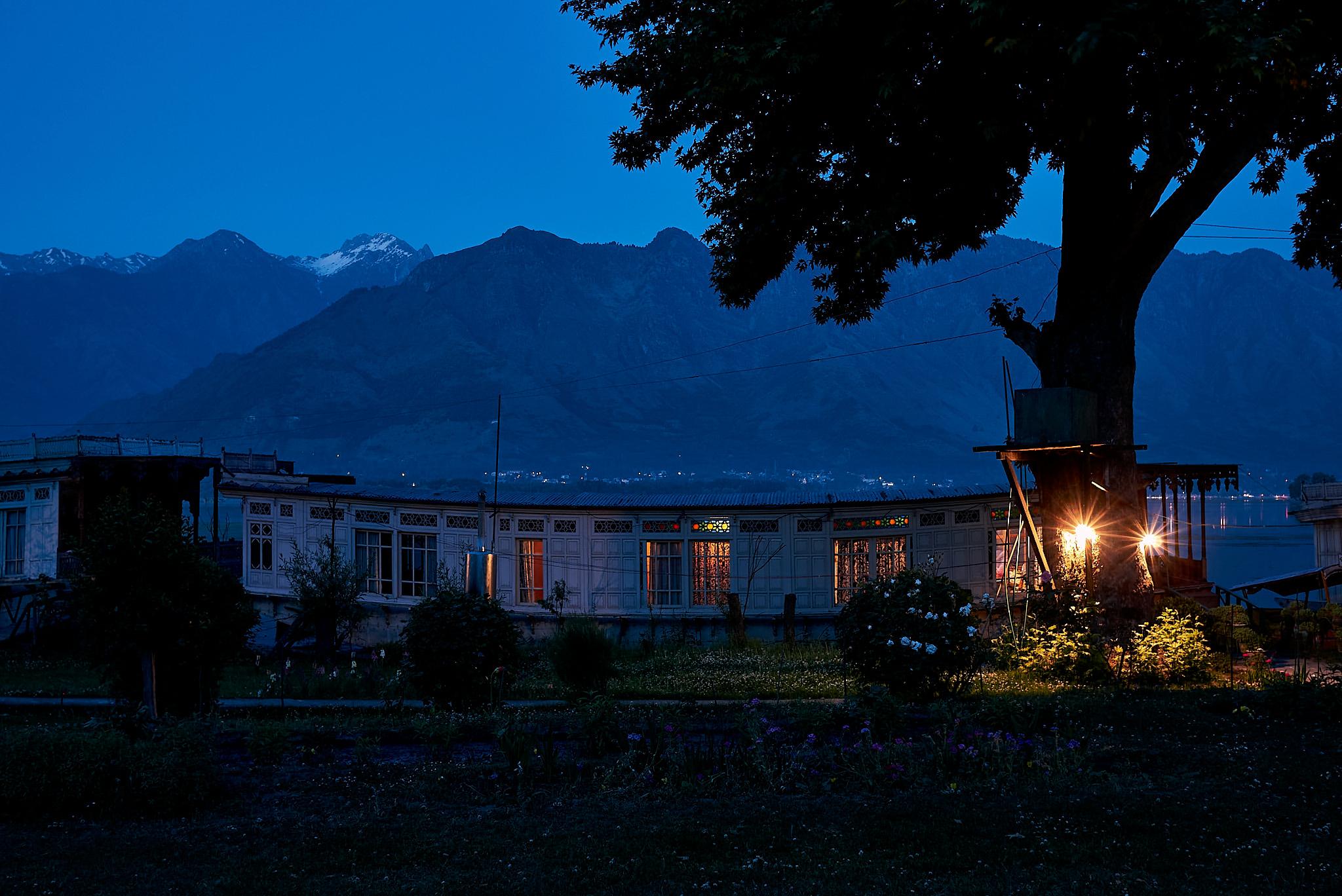
Towards the end of our stay, Ramzan carried in a thick, hardbound book and placed it on the table. On the cover, in faded gold lettering, were inscribed the words “Guestbook No. 15”. The pages were filled with promises — some kept, some broken.
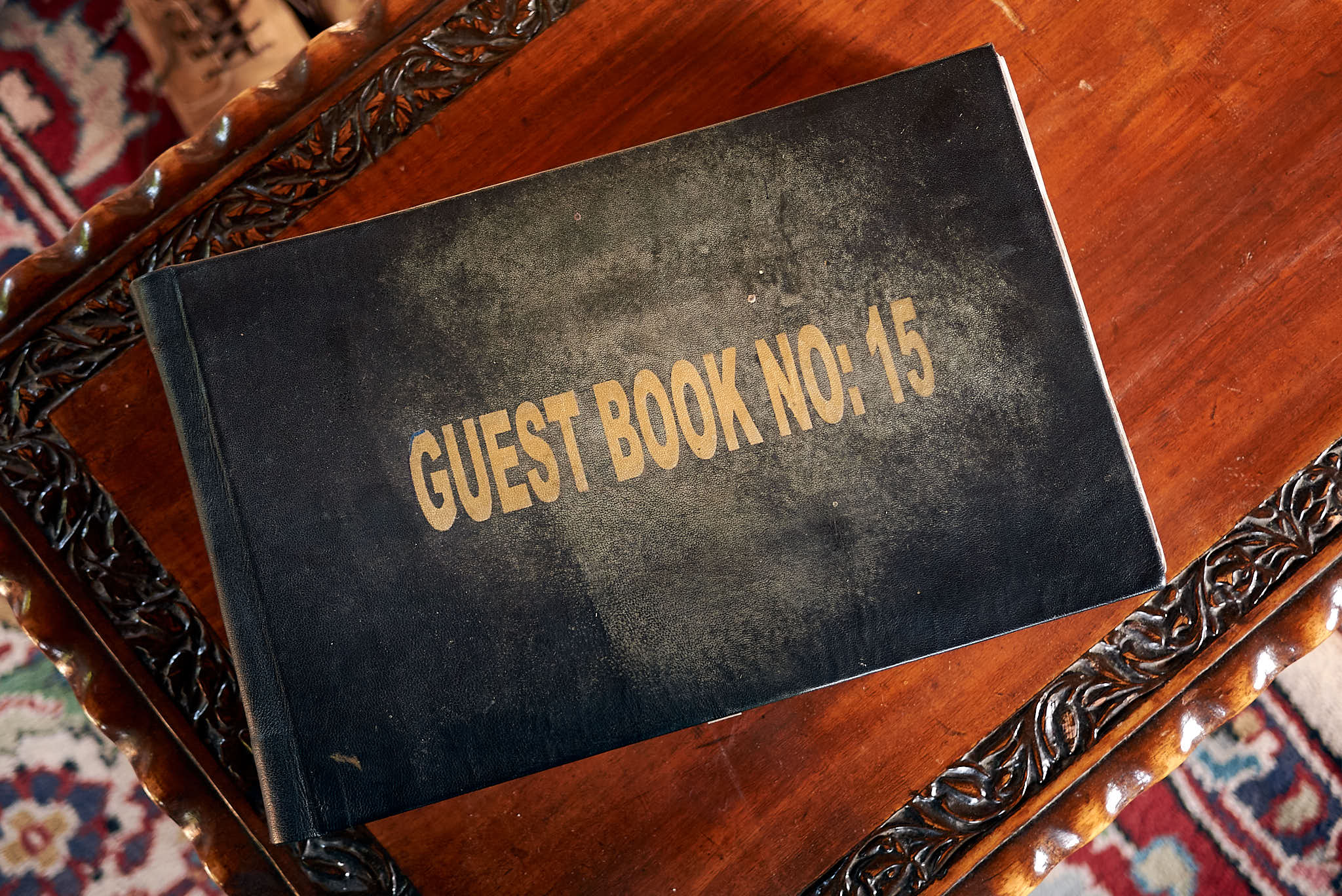
Photographs in the article were taken on a Panasonic GF1 with the Panasonic LUMIX G 20mm f/1.7 ASPH lens.

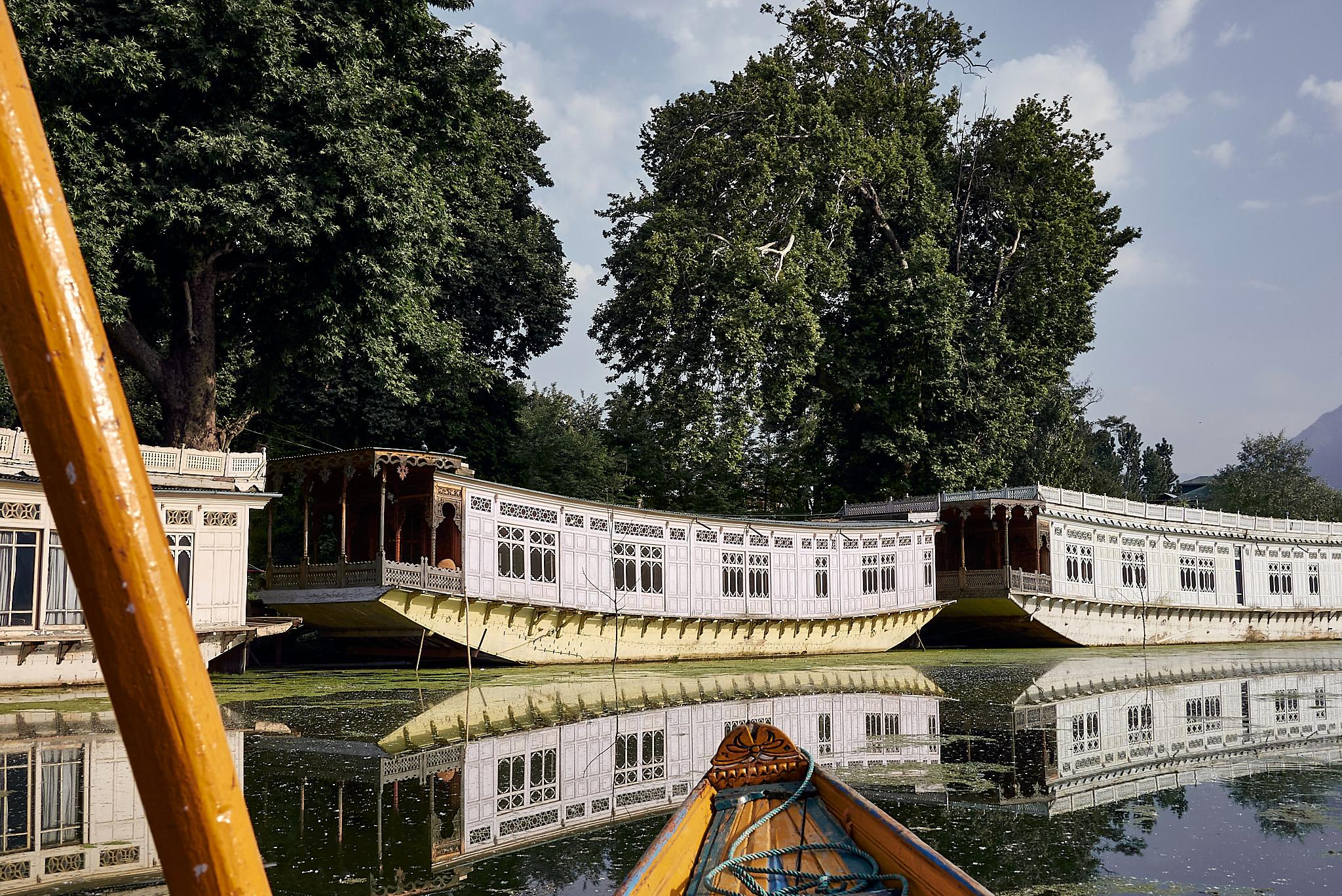
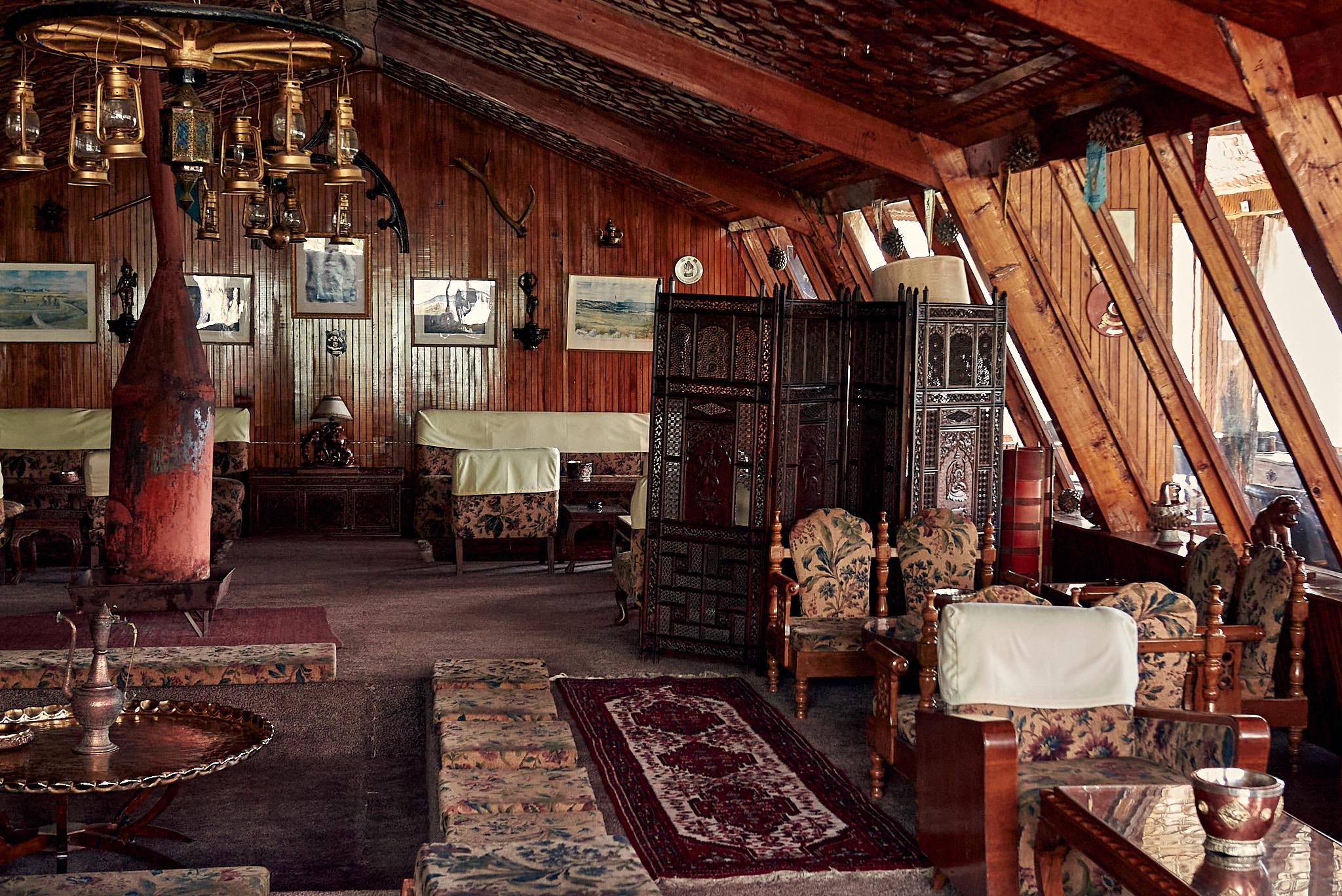
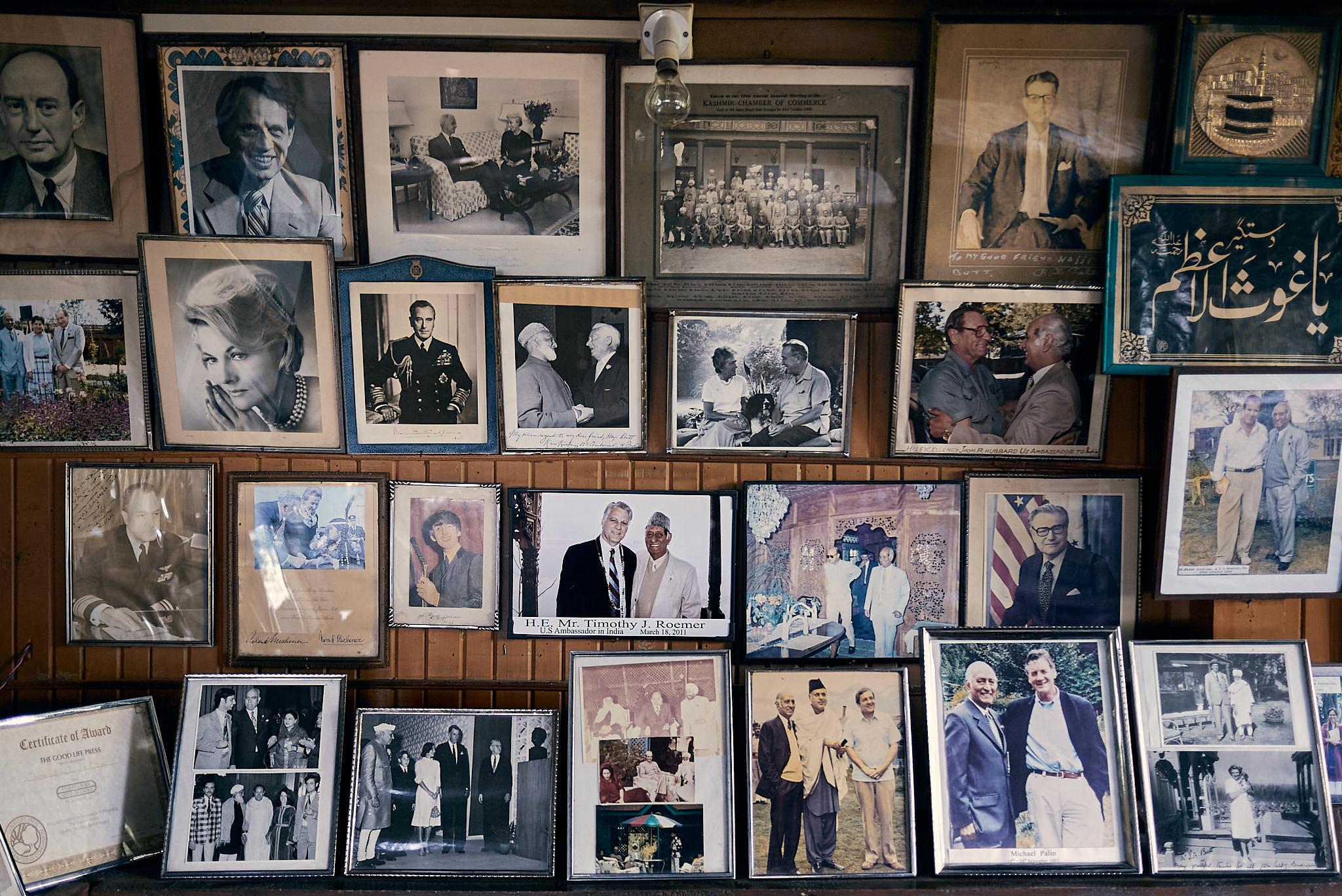
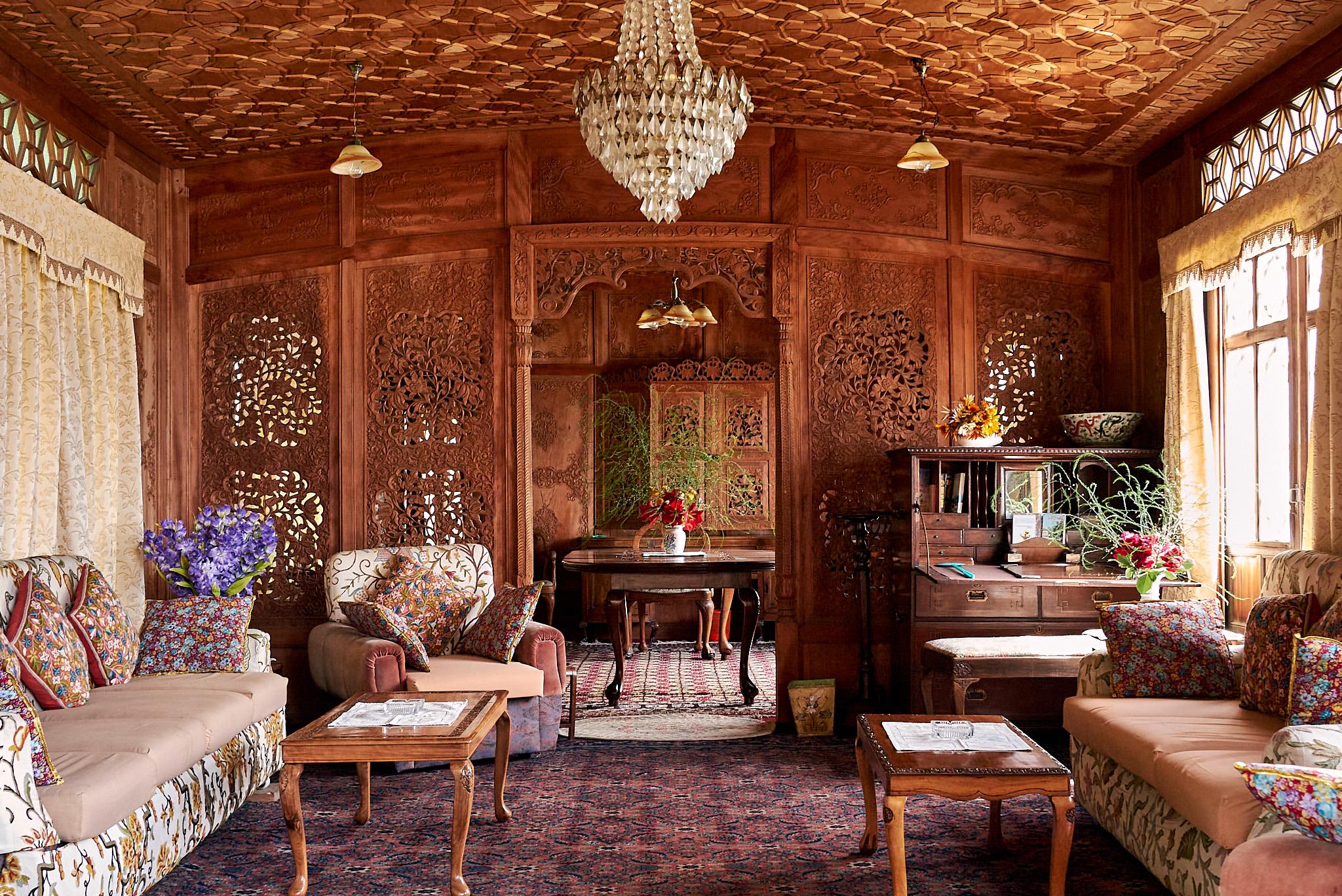
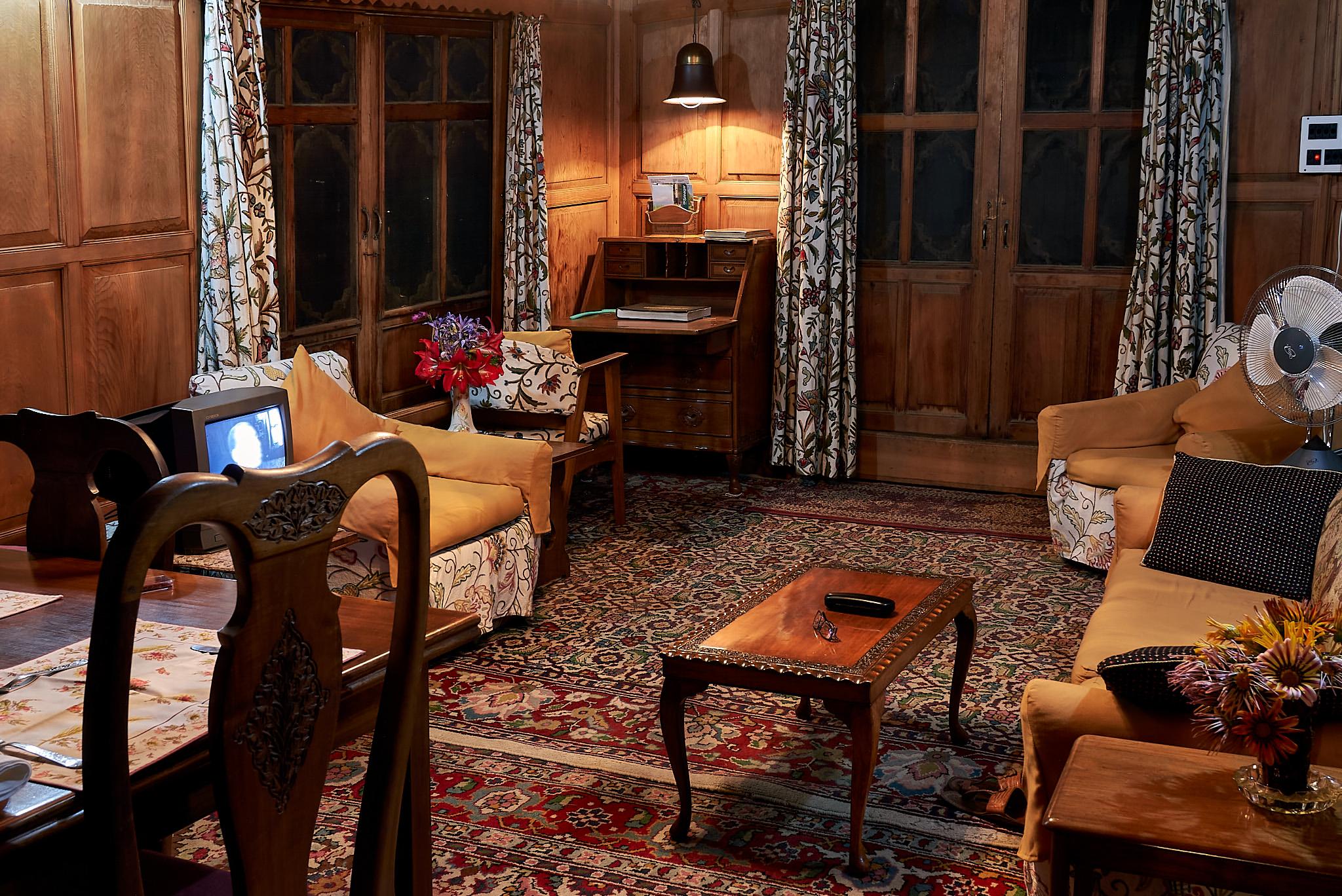
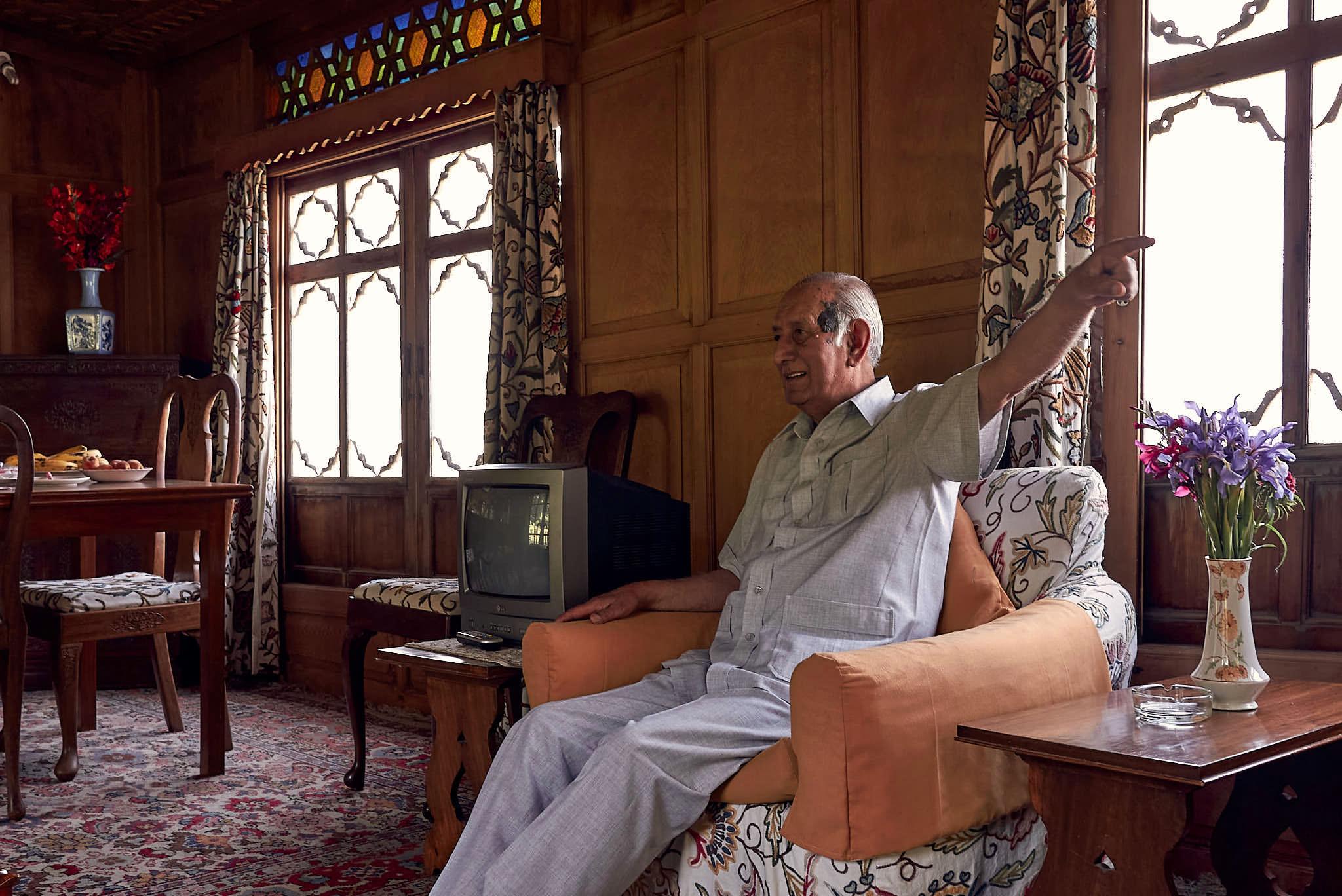
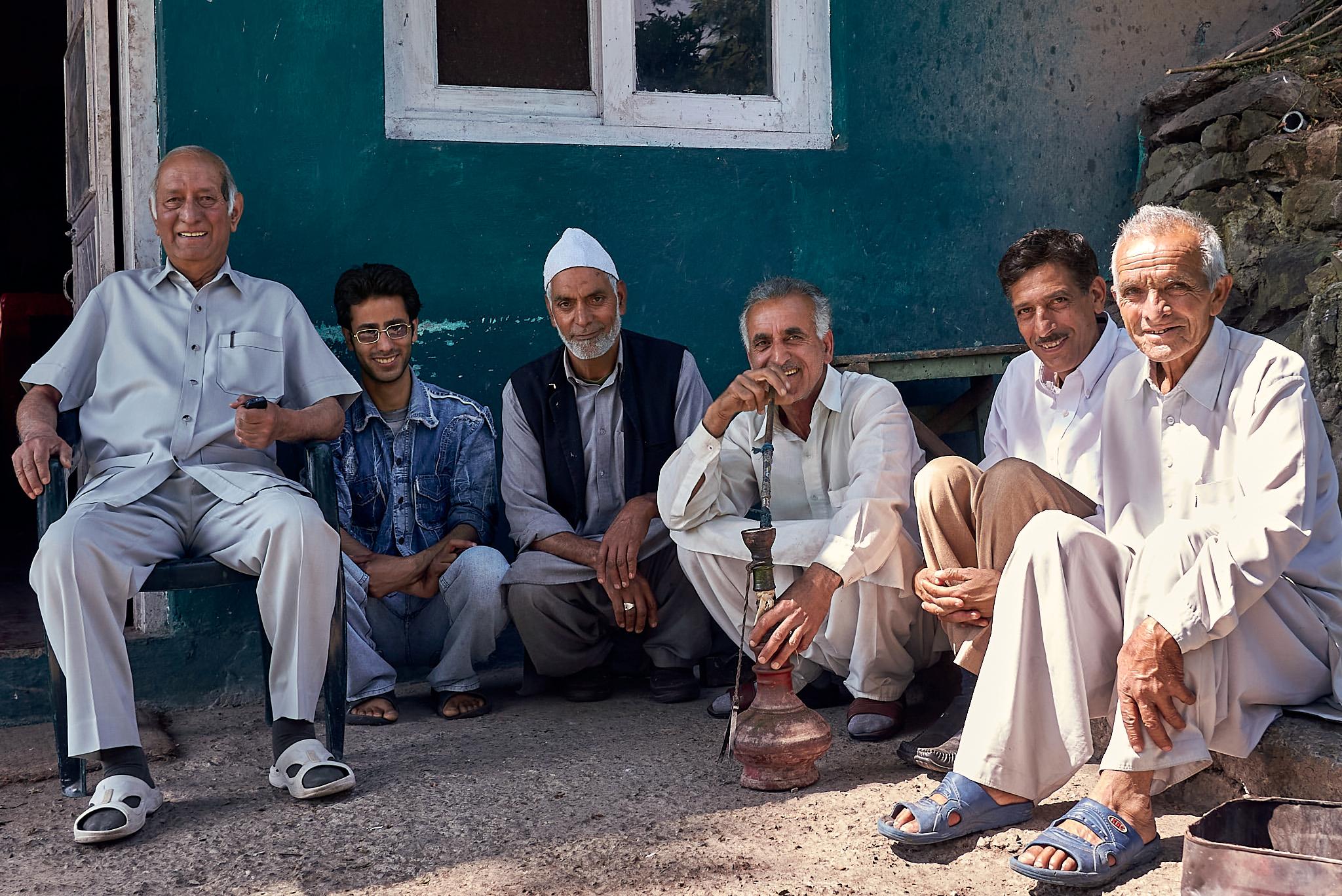
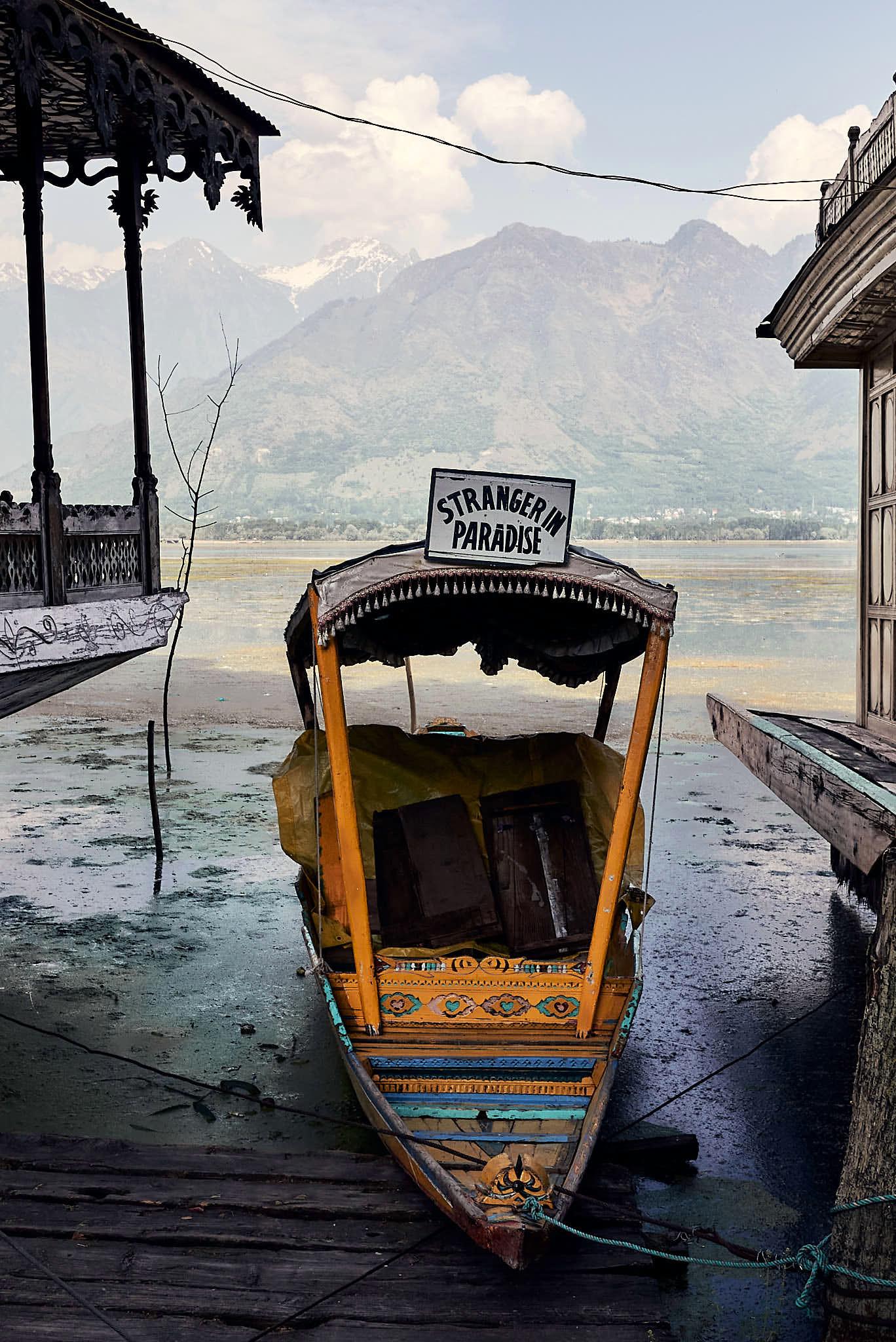
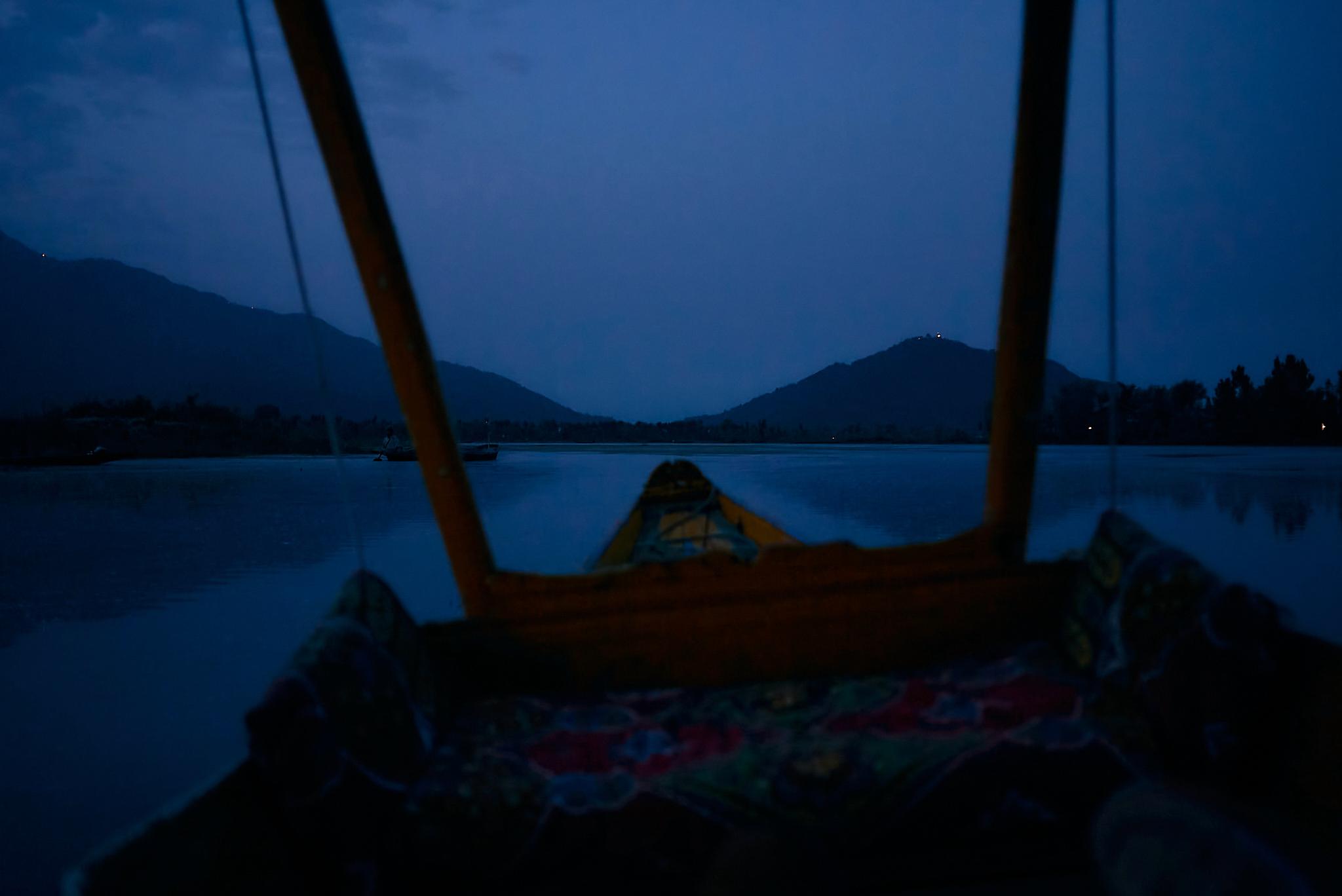
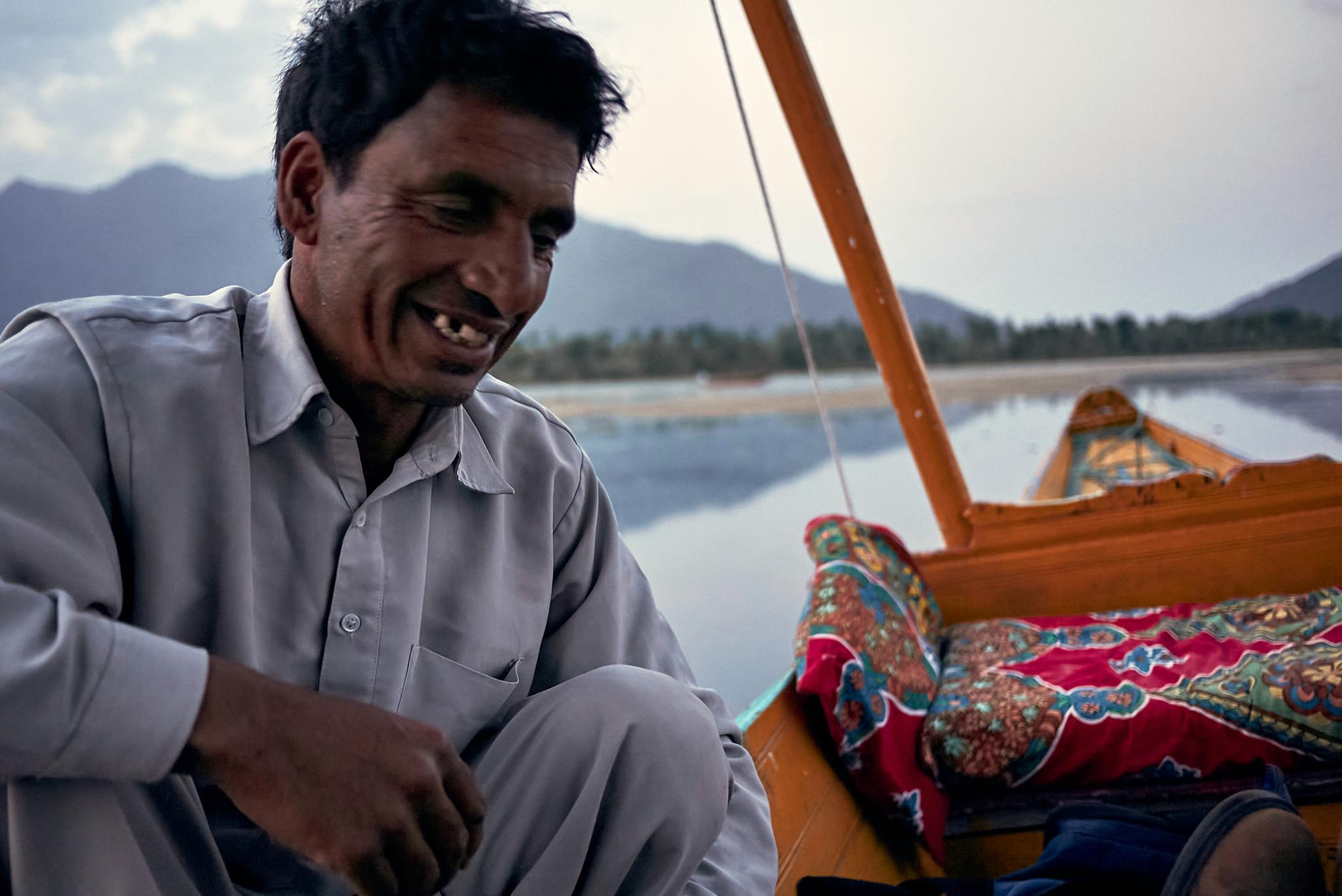
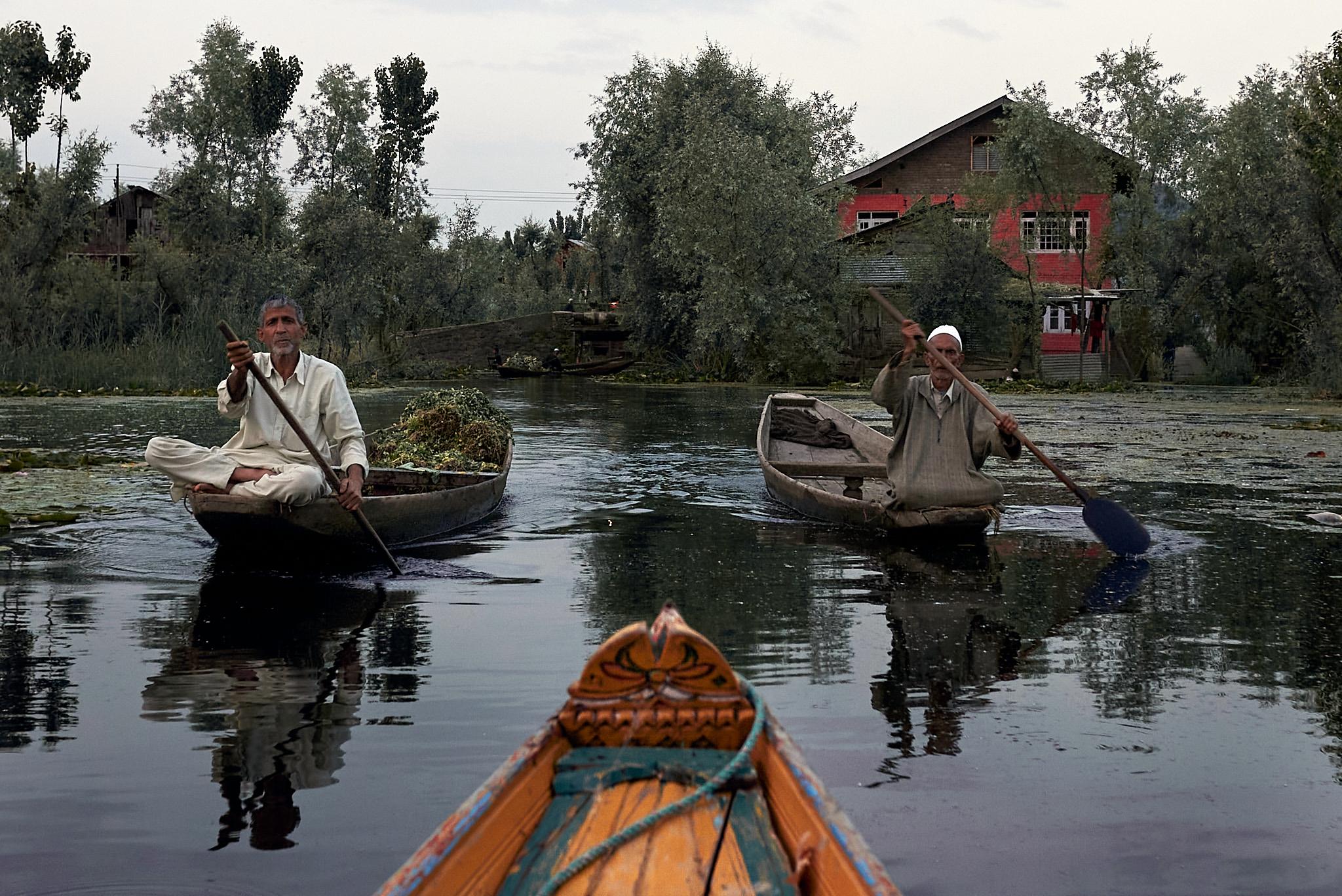
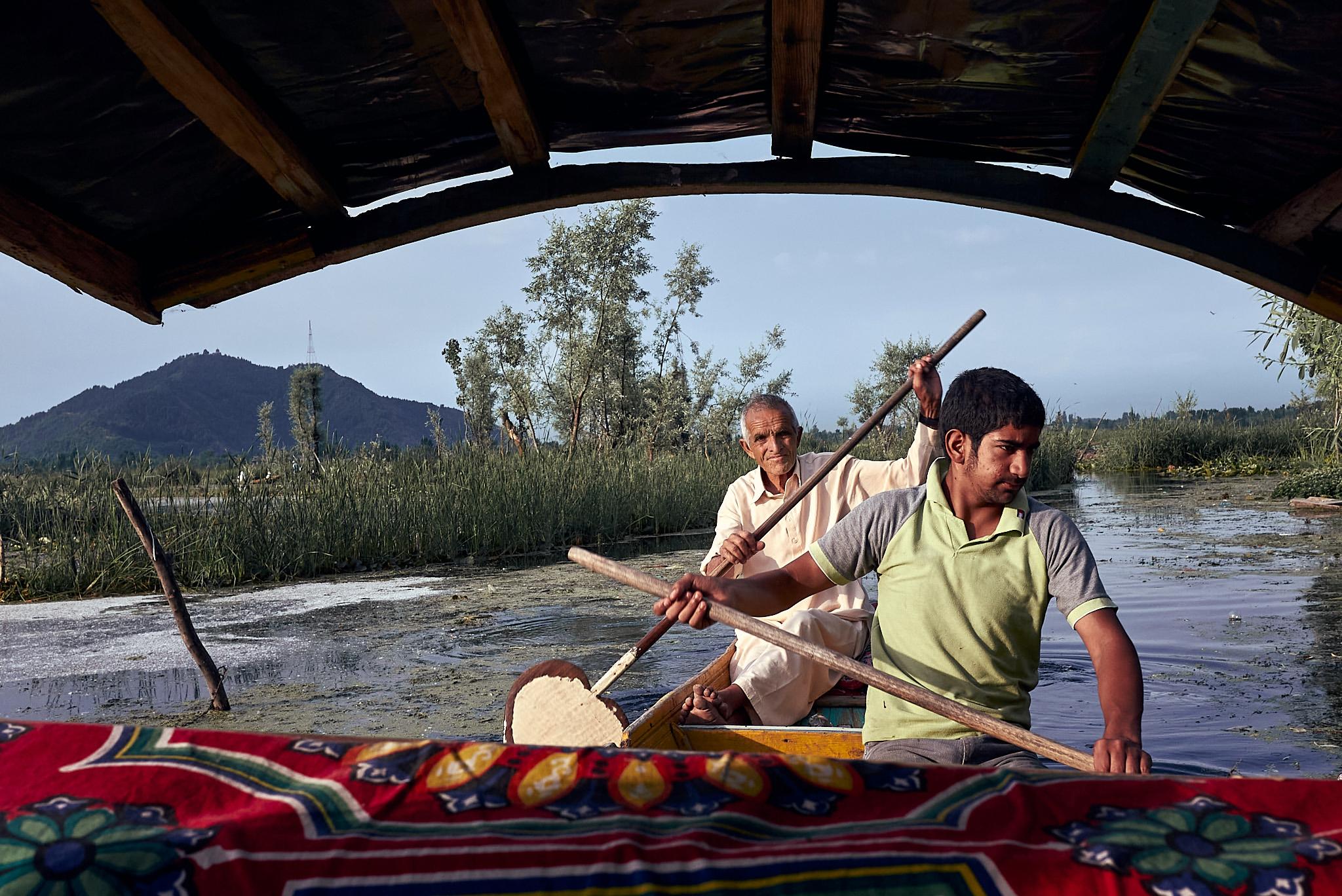
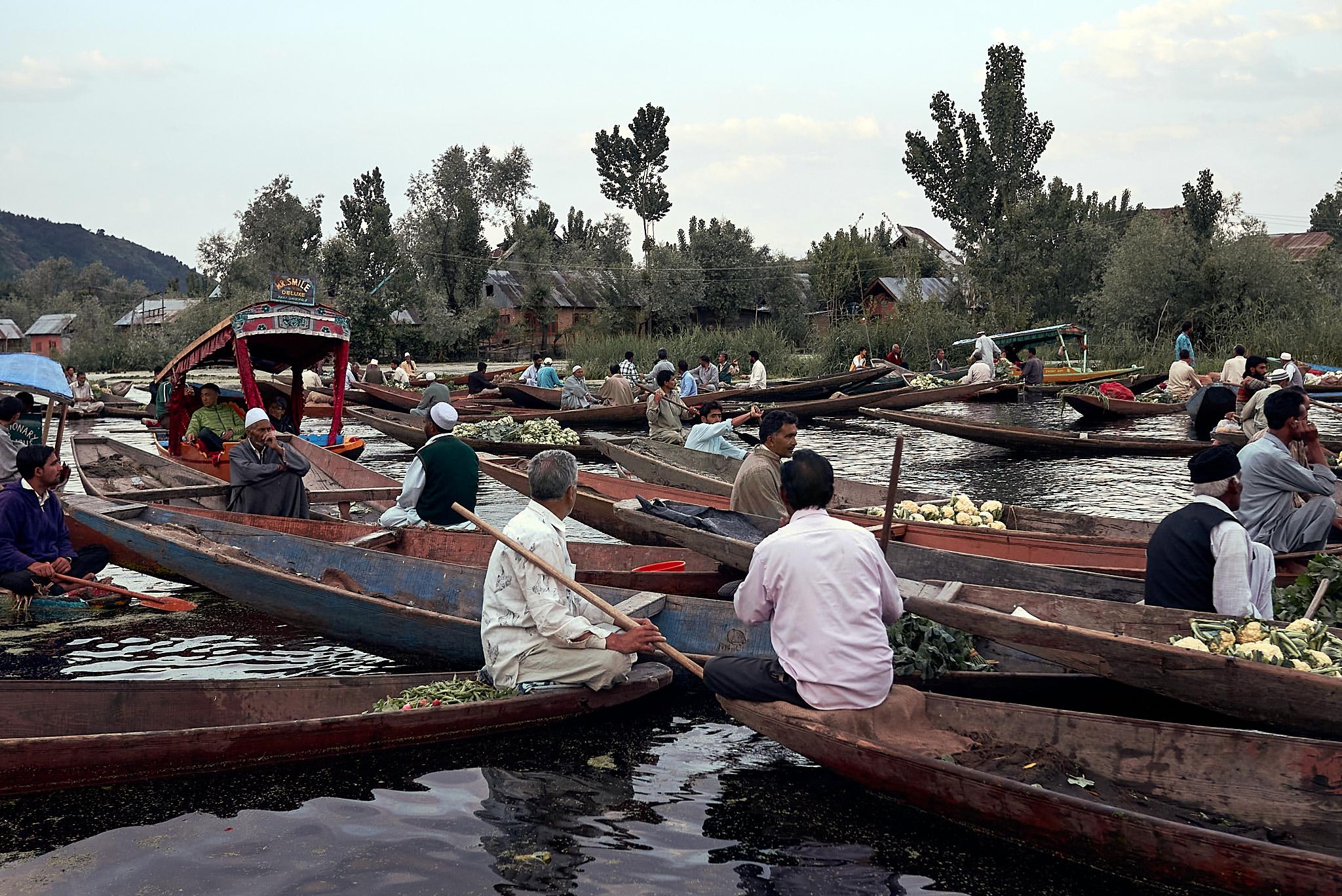






In the right hands – isn’t the Panasonic GF1 a wonderful travel camera!
Congratulations to Farhiz Karanjawala for that photo-story reminding me why those early Lumix M4/3 sensor cameras should be held on to — the colour science was excellent and if you learned to compose right in camera and don’t rely on savage crops in processing, those 12MP images are really all that we need.
My GF1 acts as a sort-of “digital Leica CL” on my travels today. As well as the standard lens I love using it with the 14mm f2.5 and the 42.5mm lenses.
The size and weight of a 3-lens set up is tiny, which in addition to portability means you need only a lightweight tripod for long exposure photography! Panasonic also made a great leather “ever ready” case to go with it, enhancing the “1970s feel” of the camera.
…perhaps an even better analogy is that it’s a “digital Minola CLE” as this Lumix sports a “second brand” label !
Thanks Farhiz for refreshing my memories with your item on Dal Lake and your lyrical photographs. We visited Kashmir in 1961. We, being me (no camera) and friend Erik (Leica IIIg, 50mm f/3.5 Elmar and Kodachrome). The Kashmiri landscapes are at once beautiful and enormous. Landscapes in Australia are enormous, but in a horizontal way, Kashmiri landscapes in a vertical way. A distant pass say, looks about a three to four hour walk, but can be actually two breathtaking days. We stayed on a houseboat for a time; not the de luxe class, budget class nearby. I can appreciate the concerns on pollution of the lake. On our boat, waste went over the starboard side and water was drawn from the port side. As all the boats were moored line abreast, this was not best practice. Thanks again Farhiz.
What a wonderful story, Farhiz. Thank you so much for sharing both the superbly written text and the excellent images. Both together carried me off in an almost magical way into a world that was very exotic for me. It’s always great to find such surprising discoveries here on Macfilos! Thanks again, JP
Hi Fahriz. Thank you for the article and the photographs. In May of 1984, my wife and I took a 30 day tour of India. When we arrived in Srinagar, she literally fell to the ground and declared, “I am home!” Srinagar is a magical place. We stayed on a houseboat for nearly a week. One morning a gentleman rowed his boat to the back of our houseboat and offered us some flowers. He quoted a price and my wife started to pick out the ones she wanted. The man smiled and said, Oh no, that price was for the entire boatload of flowers. We bought them all. Your photos certainly bring back some memories. While on our trip I took about 35 rolls of Kodachrome slide film. I had them developed in the UK on our way back to Houston. Unfortunately, I put them all in sleeves to make them easier to look at and left them on the plane. Your photographs have rekindled those memories. Thank you for the article and the pictures.
That is such a nice story, Cooper, thank you. But the end was so heartbreaking to know that you left the pictures on the plane. I’m glad that this article brought back some of the nicer memories.
Thomas, that’s a story in itself. To take all those pictures and then leave them on the plane!
Thank you for the kind words. My wife and I discussed your revelation that the houseboats are disappearing on Dal Lake. That is very sad and hopefully it will work out for all concerned. That is truly one of the world’s most unique experiences and should be on every photographer’s bucket list. Two other quick stories on the trip. I found a man in Srinagar who worked in metals. I asked him to make me a gong with a tone similar to the Tibetan Bells. Six months later, it arrived at my door with a very nice wooden stand. Still sitting on top of my roll top desk. Another event involved my best friend. While we in Goa, he rented-borrowed a motorbike from one of the hotel’s staff members. Unfortunately, it was configured in the UK and not in America. When he came to a corner, instead of the brakes, he engaged the clutch and gear box. Suffice it to say, we all had to cash advance our credit cards to pay for the repairs to the bike. The cast on his leg was compliments of Goa’s medical clinic. Thanks again for reviving the memories.
Thank you Mike. I was able to save one picture of the Taj Mahal. I had dropped it off in London to a lab to prepare some color separation negatives for printing. I received them about a month later.
Thank you for sharing Farhiz, an amazing looking place, and I hope they find a way to balance the houseboat opportunity with the needs of the local environment. It would be sad to lose such an stunning holiday location.
Thanks, Dave. I hope so too, fingers crossed.
That’s a nice story Chris. Thanks. The situation with the houseboats on the lake is much the same. Incidentally it’s also a silent zone, meaning no motor boats are allowed to ply. So it was very quiet and peaceful if one wanted an afternoon nap.
Farhiz. Thank you for writing such a lovely article together with its atmospheric images. From a personal point of view, the Kashmir house boats played a part in my late uncle’s life. In 1946 he was an RAF transport officer stationed at RAF Mauripur, just near Karachi. During that time he became quite ill and through a friend he was able to spend some time recovering on house boat in Kashmir. I remember seeing a small black and white photograph of this house boat.
My uncle in his later years also like to recount the story that he was one of only a few British people alive to have met; Mountbatten, Jinnah and Nehru. RAF Mauripur at that time was a main staging post.
So what is the position now in Kashmir and Dal Lake?
Lovely shots and lovely people, it seems! Well written and fantastic images!
Never been to India, hope to go there one day!
Thank you, Tord. I’ve been lucky that way — got to see some great places and meet some lovely people.
Farhiz I should also have said how much I enjoyed your illustrations of the interiors of the boats and the lives of the locals.
Thank you again Kevin. Glad you liked it!
The houseboats and lake were filmed in the series “Himalaya” hosted by Michael Palin. Episode 2, I believe. A nice series
No disrespect to Michael or his camera crew, but your photojournal article is deeper. And the photos give us a much better view of the luxury on the boats. But you do so much more, showing us the lives of the real people living on the lake. Somehow I want to use the word ‘luscious’ to describe your photos.
Who needs Palin when we have you 🙂
That’s very kind of you to say, Kathy. Thank you. I don’t remember if I have seen this series. My first introduction to Michael Palin was in the film A Fish Called Wanda (is that the correct name?) and I found it hilarious. Besides the interiors, I didn’t touch upon the food at all. Breakfast, lunch and dinner was served (like we say, hot hot) in our houseboat. Just wonderful.
Thank you Farhiz for this entertaining piece. I’d heard of the beauty of Kashmir and you have opened a window on it. Sad about the sewage though.
Thank you, Kevin. I wish it hadn’t come to this too. I would think that houseboat owners would have been particularly invested in keeping their environment clean and non polluting.
A fascinating story, beautifully illustrated – thank you.
Thank you, Richard!
Once again, Farhiz, you have taken me on an amazing holiday to an exotic and unreachable destination. Furthermore, I have not left the comfort of my home. I note you took quite modest photographic equipment and still returned home with wonderful pictures. I particularly liked the ornate interiors, each capable of regaling us with stories. Although the evidence did not intrude into your story, it is not difficult to imagine the ecological impact of such lifestyles. For that reason I can sympathise with the actions of local government. Perhaps in another generation, all evidence of tourism will have disappeared. For that reason your illustrated story is important. Thank you.
Thank you, David. Yes, I bought the little Panasonic GF1 and the 20mm a year before this trip. It’s a lovely combo and I still have it with me though I don’t use it that much anymore. These houseboats are built from cedar wood so they have the distinctive colour and scent that you see in the interiors. I must add though, not all houseboats are this opulent.
A wonderful article and set of images. These houseboats are truly magnificient. My favourite is the one of the woman on the bow of her boat with her reflection looking into the water. it’s a truly amazing shot.
The memories I have of Dal lake are McCurry’s image of the flower seller but also the troubled times of the Srinagar area in Arundhati Roy’s novel, “the ministry of utmost happiness”.
Thank you for sharing
Jean
Thank you, Jean. When I got down to write this article I found there were a number of images I hadn’t bothered with in the beginning and this one was one of them. I guess a lot has to be said about time and looking at the work with fresh eyes. Glad you liked it.
What a great place to go and and pass the time ! So if they can’t fix boats government just wants this community to fade away? They all look so happy and relaxed, how long did you spend there, and has the violence decreased ? Thank you for an enjoyable time on the water!
I hope it doesn’t come to that, John, and that some solution is found for the houseboat owners and the lake. Tourism contributes in a big way to the state’s economy. I think we stayed for 10 days. On the night before we were to leave, we were invited to their home for a traditional Kashmiri dinner! What a feast it was.